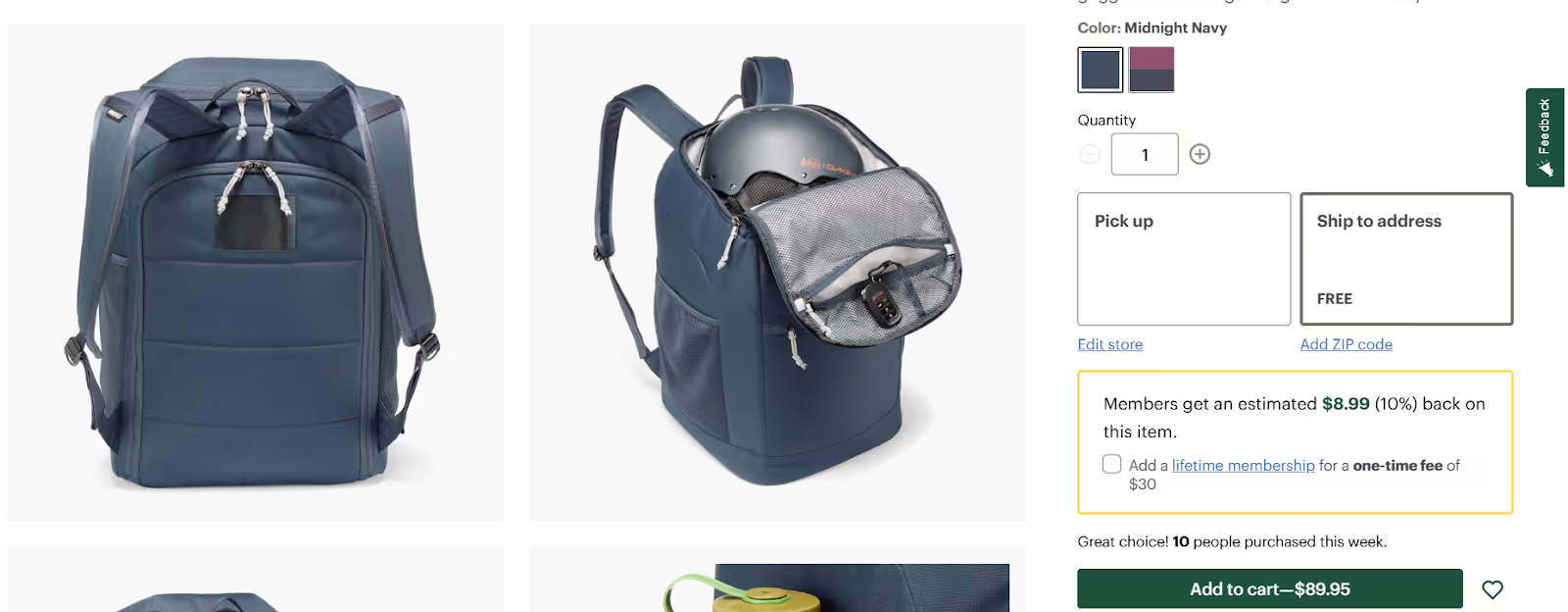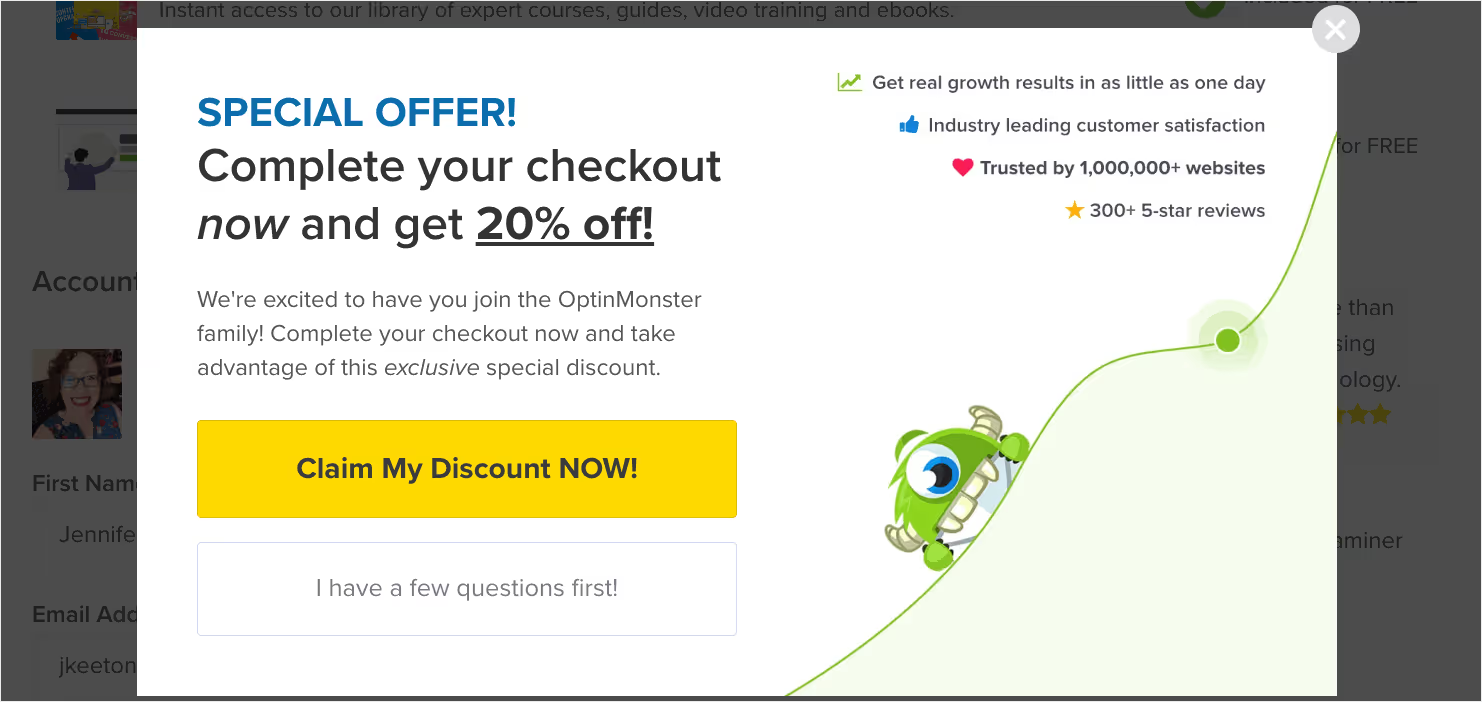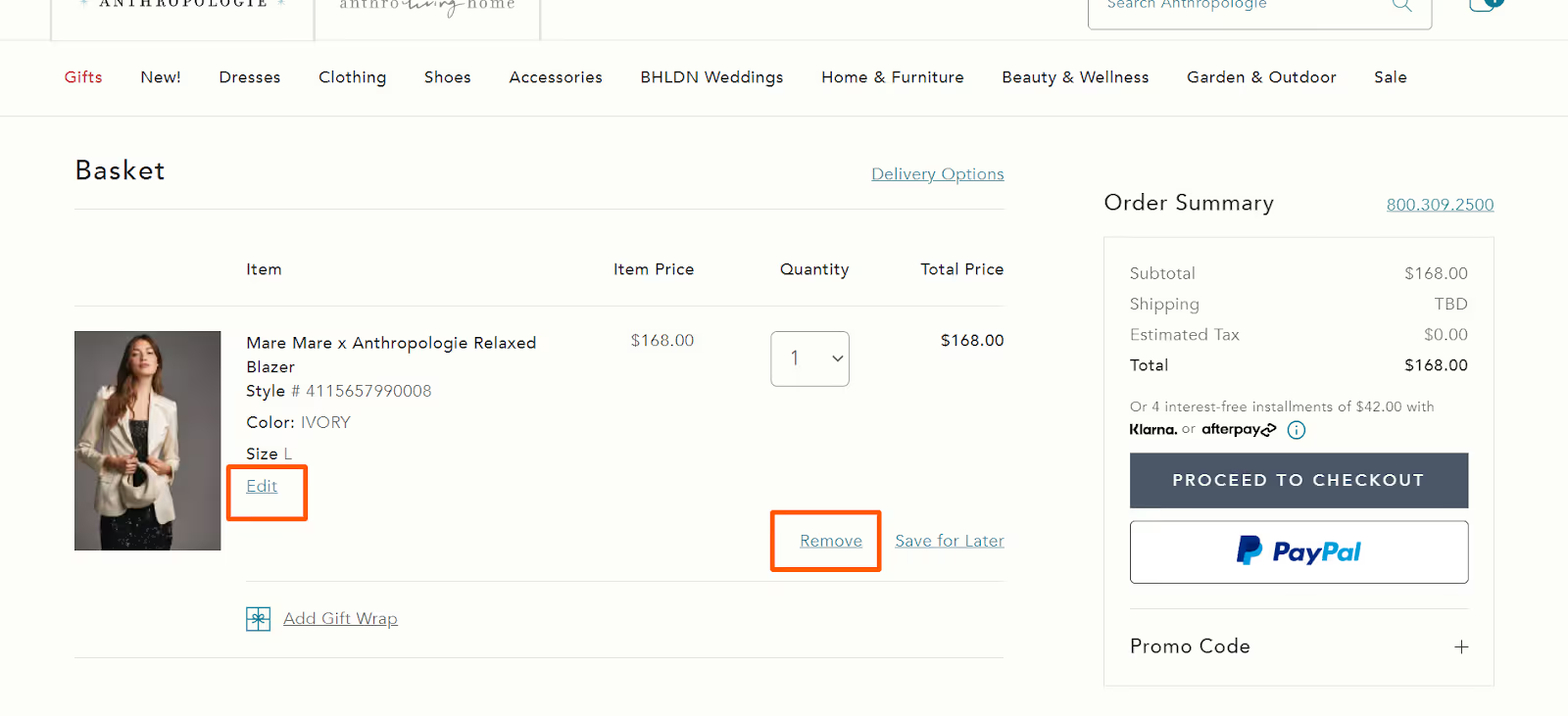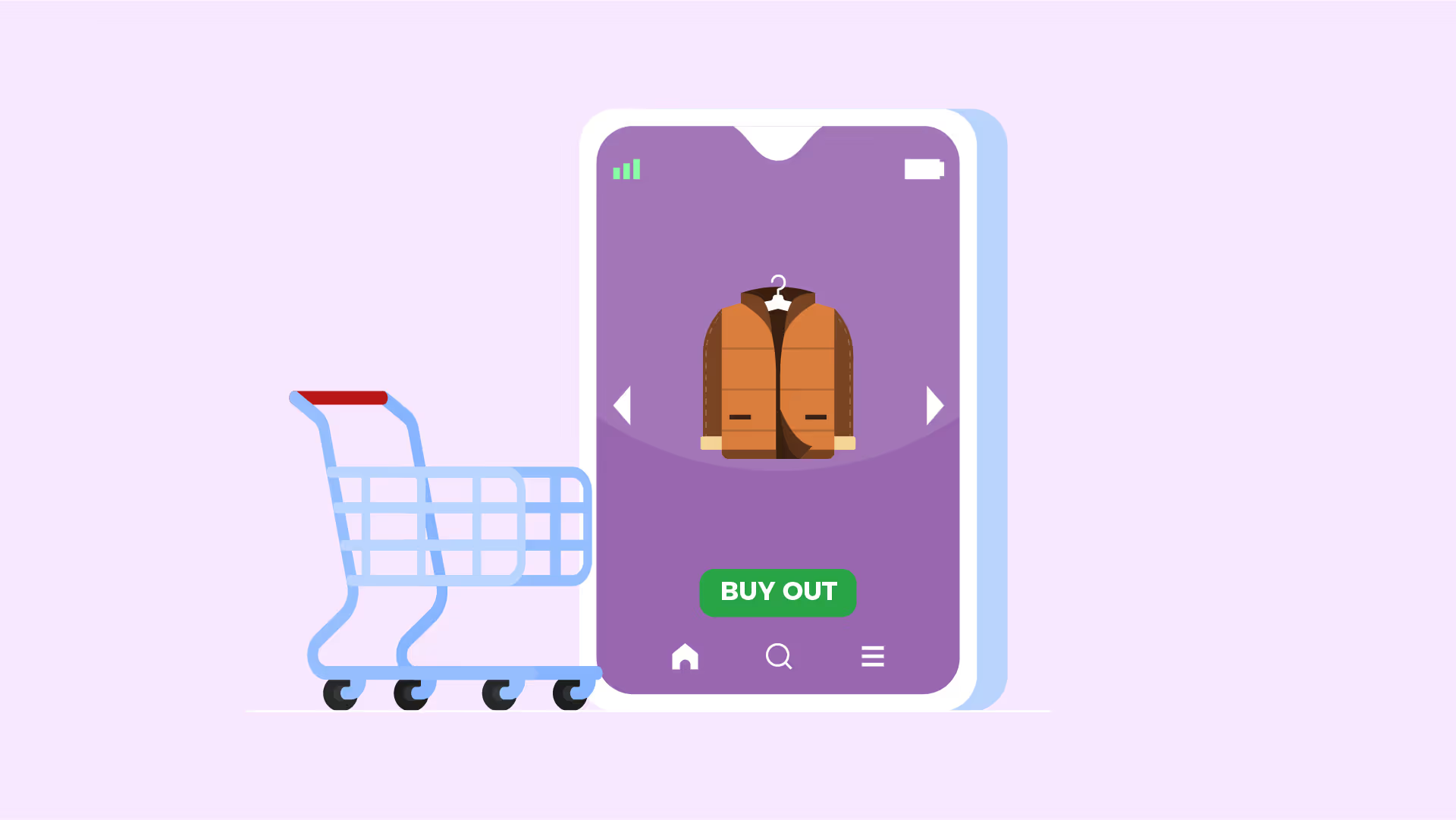Every minute, nearly 7 out of 10 online shoppers add items to their cart — and then leave without buying. That’s a staggering 70% cart abandonment rate that costs ecommerce businesses trillions annually worldwide. Imagine losing sales from almost three-quarters of your interested customers before they hit “buy.”
So why is this happening? Hidden fees, complicated checkout flows, limited payment options, or just plain distraction? More importantly, how do you stop shoppers from slipping through your fingers?
This blog uncovers how to reduce cart abandonment with 12 proven, research-backed strategies designed to tackle the real root causes of dropout and recover lost revenue, fast.
Why do Shoppers Abandon Their Carts?
Knowing why customers abandon their carts is essential to fixing this issue. The more you understand their reasons, the better your abandoned cart emails and strategies will work.
Here are the top reasons shoppers leave without buying:
- Unexpected costs at checkout. Nearly half of online shoppers abandon because of surprise fees like shipping, taxes, or handling charges that pop up late in the process. Nobody likes “sticker shock” right before paying.
- Forced account creation. 26% don’t want to create an account just to buy something. They want a fast, guest checkout experience without extra roadblocks.
- Trust and security concerns. About a quarter of shoppers worry about their credit card info’s safety or don’t feel confident with the site’s security signals.
- Long or complicated checkout flows. The process is too slow, confusing, or multi-stepped for 22% of shoppers who give up out of frustration.
- Payment options missing. Around 13% drop off because you don’t offer their preferred payment method, whether it’s a regional wallet, UPI, or Buy Now Pay Later.
- Slow website or crashes. Technical glitches during checkout trips up about 17% of buyers who then abandon their carts.
1. Unexpected Costs Killing Your Sales
Shoppers hate surprises, especially when it comes to price. When they get to checkout and see extra shipping or tax fees, their buying mood quickly sours. It’s not just money—it’s about trust. If the final price feels "different" from initial expectations, shoppers feel tricked and leave.
Be crystal clear from the start. Show all costs upfront on product pages or early checkout steps. If you offer free shipping, shout it from the rooftops. Transparency builds trust and reduces sticker shock. Outdoor retailer REI lists estimated shipping and tax early on product pages. Plus, they promote free shipping thresholds upfront, easing the calculation and boosting trust. Your site should do the same—no last-minute shockers.

2. Is Your Checkout a Maze?
Long, complicated checkouts frustrate shoppers. The longer and more complex the process, the more chances there are for distraction, confusion, or second thoughts. Your buyer just wants a smooth, quick path to hitting “purchase.”
Cut down steps to have one-page checkouts. Add progress indicators so shoppers feel in control. Also vital is payment diversity—offering multiple trusted options like Apple Pay, PayPal, Google Pay, and Buy Now Pay Later (BNPL) options helps capture every preference and removes last-minute exit points. Below is an example from Nutribullet which has one-page checkout:

3. Forcing Account Creation?
Shoppers are privacy-conscious and impatient. Forcing account creation before purchase feels like a barrier that adds extra time and data entry. Many will abandon rather than fill out long forms.
Let them checkout as guests. Keep account creation optional and post-purchase. When shoppers feel forced, they bolt. When the process respects their choice, they stay. Amazon’s famous guest checkout lets users skip registration, reducing friction massively. Let shoppers buy as guests and offer to create an account after purchase for perks like faster delivery.
4. Personalization Can Rescue Abandoned Carts
Shoppers want to feel seen and understood. When your store recommends relevant products or pre-fills information, it reduces hesitation. Personal touches communicate you care about their unique preferences, not just sales.
To implement, collect first-party data ethically and leverage AI-powered tools to create dynamic onsite experiences and email marketing flows personalized to each shopper’s behavior. Pre-fill checkout information if possible, recommend complementary products in the cart page, and offer exclusive, behavior-based incentives such as upsells targeted to cart contents or past purchases.
5. Implement AI assistance in Your Store
Someone knowledgeable to answer last-minute questions? Many abandon carts because they hesitate on delivery times, returns, or product fit. A slow or unclear response means lost trust and lost sales.
Deploy AI chatbots or live chat. Fast, helpful responses calm buyer anxiety and boost confidence to complete checkout. Smart support equals fewer abandoned carts. Using AI chatbots like Drift or Intercom offers instant 24/7 help. For instance, beauty brand Sephora uses chatbots to answer product FAQs on checkout pages, improving conversion rates by reducing anxiety.
6. Do You Know Your Shoppers’ Checkout Experience?
What if you could literally see where shoppers hesitate or exit your site? Testing assumptions isn’t enough; data-backed UX changes are proven to reduce friction and save carts. Heatmaps and session recordings reveal where fields confuse, buttons get ignored, or pages lag—often uncovering fixable design flaws or process gaps.
Use behavioral analytic tools like Hotjar or Microsoft Clarity to gather these insights regularly. Prioritize quick fixes that remove stumbling blocks like unclear error messages, dead links, or slow page load times to make the checkout intuitive and seamless.
7. Scarcity and Urgency
Creating urgency increases decisions, but pressure breeds distrust. Shoppers respond well to authentic scarcity signals—low stock alerts, limited-time offers—but reject hyperbole or pushy sales tactics. Best Buy’s honest “Only 3 left!” inventory message works because it’s credible and trustworthy.
Combining scarcity with flexible policies like easy returns reduces purchase anxiety while encouraging timely buys. Use genuine data to power urgency rather than arbitrary countdown timers to avoid skepticism and buyer stress.
8. Implementing Exit intent Popups
Exit-intent popups catch shoppers at the moment they’re leaving, offering one last chance to engage. Though powerful, these must be concise, targeted, and fretted with clear CTAs—not overwhelming walls of text or multiple distracting links. Beardbrand increased conversions using simple, exit-triggered discount popups triggered on exit intent
Personalize offers based on cart value, shopper loyalty, or browsing behavior. Test timing and messages diligently—too intrusive, and you risk pushing buyers further away, too subtle and you miss recovery opportunities. Below is an example from Optinmaster, which is offering incentives in its popup:

9. Keep Your Site Fast & Cross-Browser Compatible
Technical issues like slow load times, frequent errors, or browser incompatibilities cause frustration and abandonment. Especially during checkout, any lag or error may end the session immediately.
Regularly test your checkout across browsers and devices for compatibility. Monitor site health continuously and address bugs proactively. Shopify and Magento have plugins and cloud offerings that help automate this oversight.
10. How to Win Back Shoppers with Emails & Notifications
Automated cart recovery emails remain the strongest post-abandonment tactic. Multi-touch sequences with personalized product reminders, urgency elements, and social proof lift recovery rates significantly.
Here’s an example of Pestie’s cart abandonment email.The email follows the joke with a helpful, easy route back to the cart. The lighthearted approach makes the customer more receptive to returning because it removes the cold corporate feel and replaces it with personality.

11. Give Shoppers Control With "Save for Later"
Sometimes shoppers aren’t ready to buy but want to remember products. Providing features like “Save for Later” or easy cart editing (changing quantities, colors, sizes) lets users manage their journey without frustration. This flexibility reduces pressure and missed intent.
Anthropologie’s cart page allows easy edits and “save for later” options, improving customer satisfaction and repeat engagement. Giving shoppers control on the cart page reduces anxiety and boosts conversion likelihood.

12. Return Policies and Social Proof Seal the Deal
Fear of returns or buying low-quality products is a real barrier. Clarity, simplicity, and generosity in returns lower this risk. Social proof—reviews, testimonials, ratings—gives shoppers validation and answers questions before they even ask.
Zappos’ generous return policies and visible customer reviews have built an empire of trust. Highlight your policies clearly on product and checkout pages and encourage satisfied customers to share reviews. Zappos offers a customer-friendly return policy allowing returns within 365 days of purchase, giving shoppers plenty of time to decide. Items must be unworn, unwashed, and returned in their original packaging with all tags intact.
They also offer free return shipping, including a convenient label-free, box-free return option at Whole Foods Market locations. This hassle-free process supports risk-free shopping and builds shopper confidence.
Conclusion
Cart abandonment is a signal that your customers’ needs, fears, or expectations aren’t being fully met. The strategies outlined here focus on transparency, ease, trust, and meaningful engagement—three pillars critical to creating a seamless shopping journey. By addressing hidden fees upfront, simplifying checkout, offering personalization, and building confidence with generous policies and authentic reviews, you reduce friction and build lasting customer loyalty.
In 2025, savvy ecommerce brands win by combining solid fundamentals with continuous testing and true customer empathy. While strategies help reduce abandoned carts, copy plays a huge role in converting those visitors into loyal customers. That’s why Yarnit’s PDP Generator is a game changer; it creates conversion-optimized product detail page copy at scale, tailored to resonate across all platforms. By integrating Yarnit’s AI-powered ecommerce solutions, you ensure every product page speaks directly to your customers’ needs, drives action, and recaptures lost sales. Start using Yarnit today to transform your product pages into powerful conversion engines and turn lost carts into loyal customers for the long haul.









